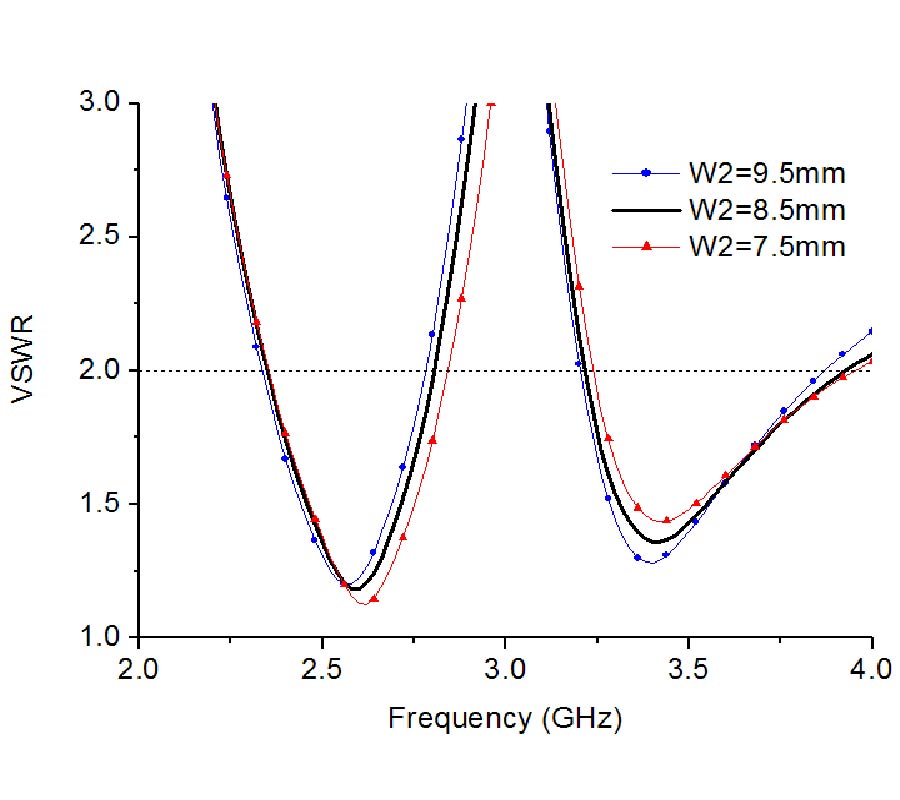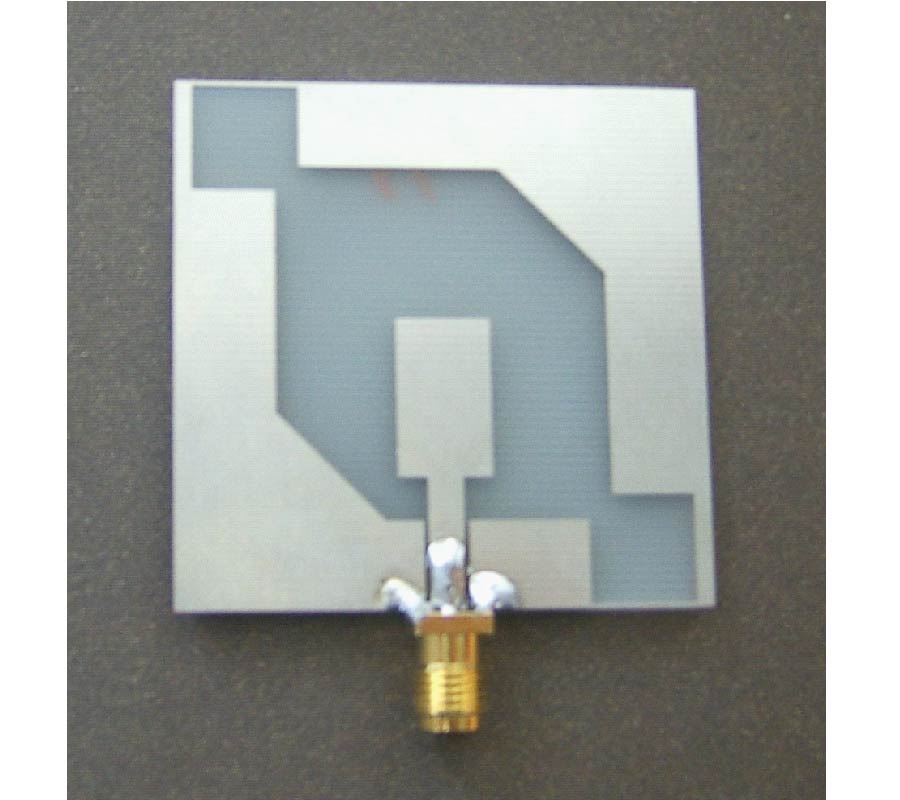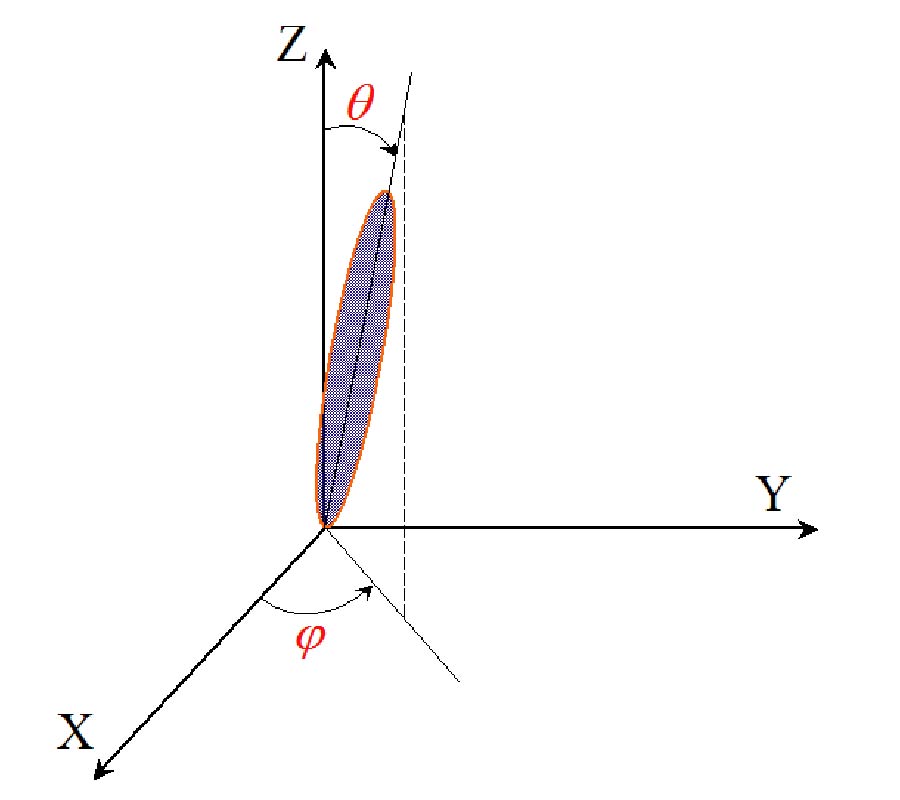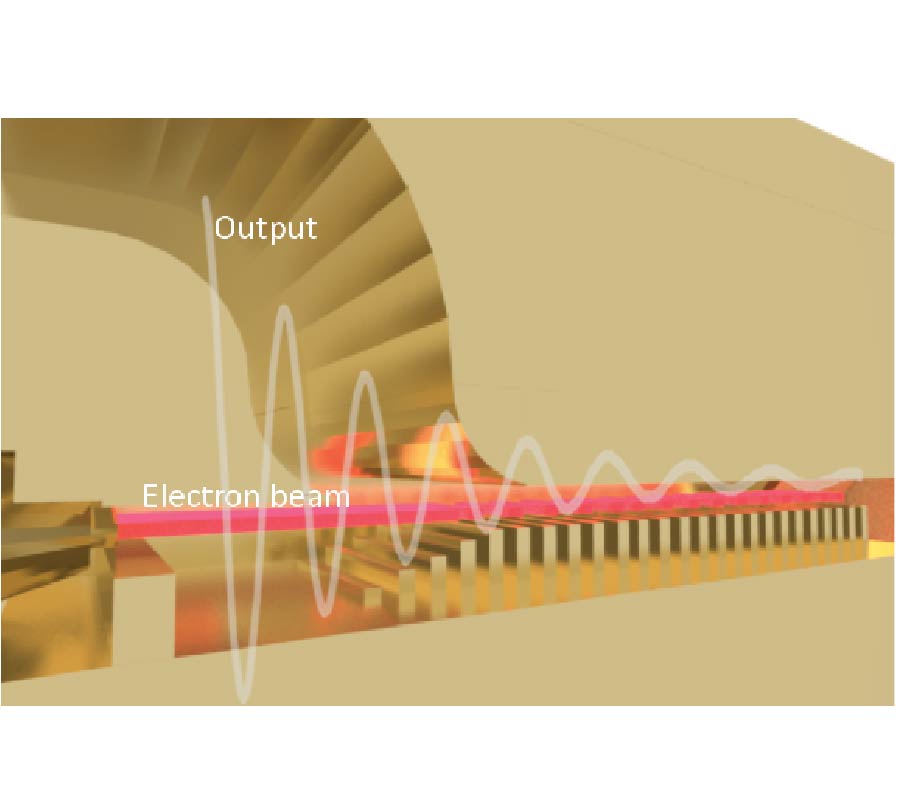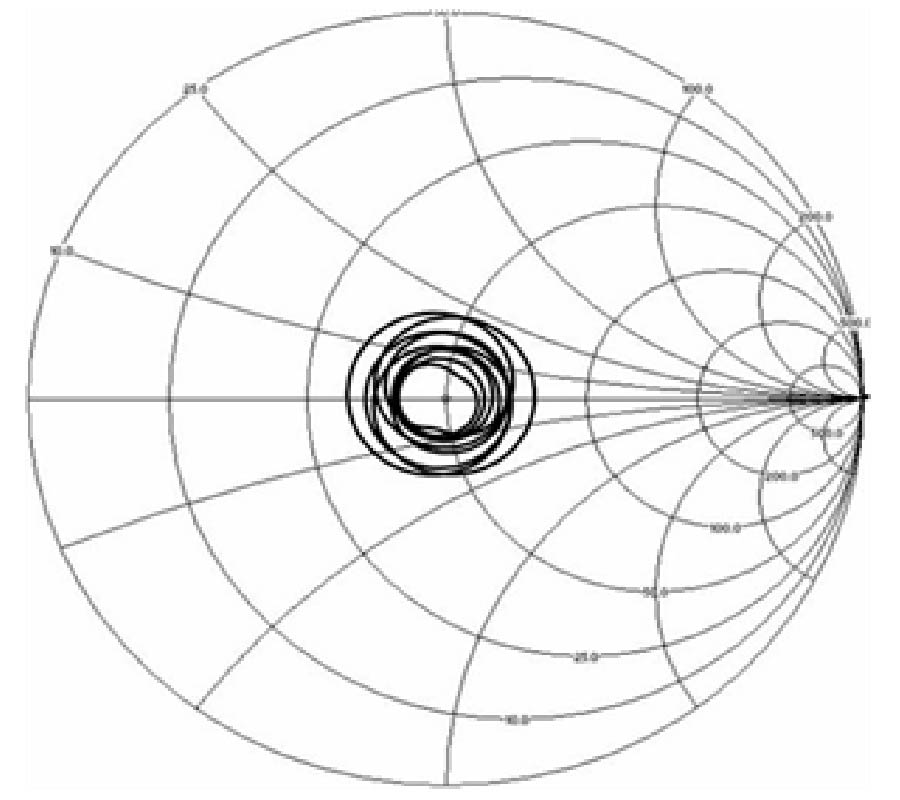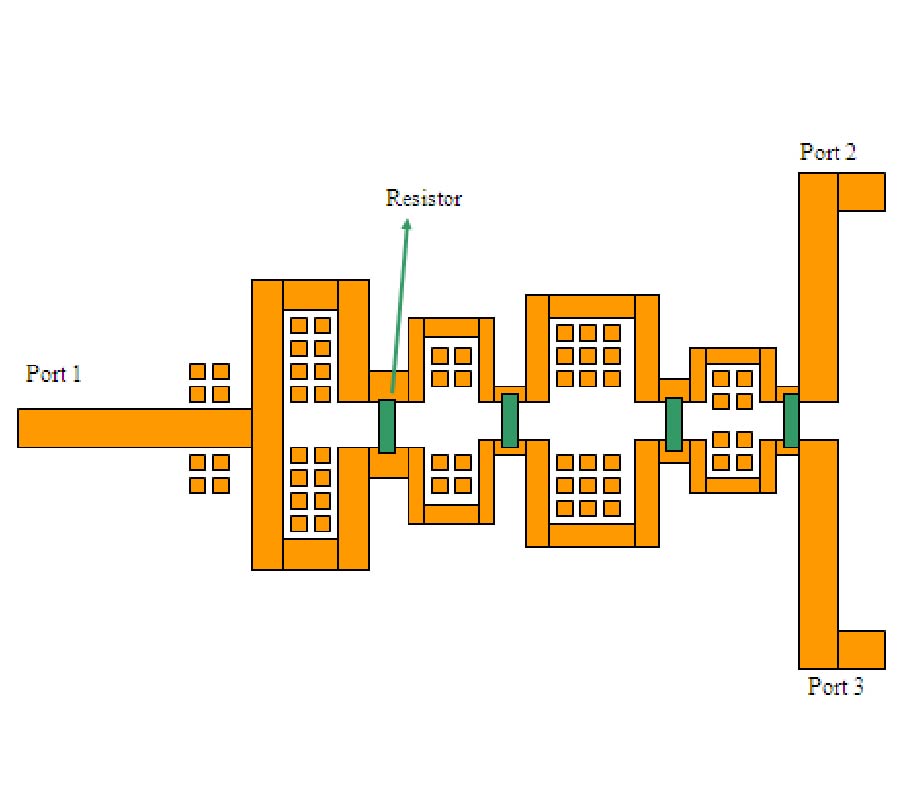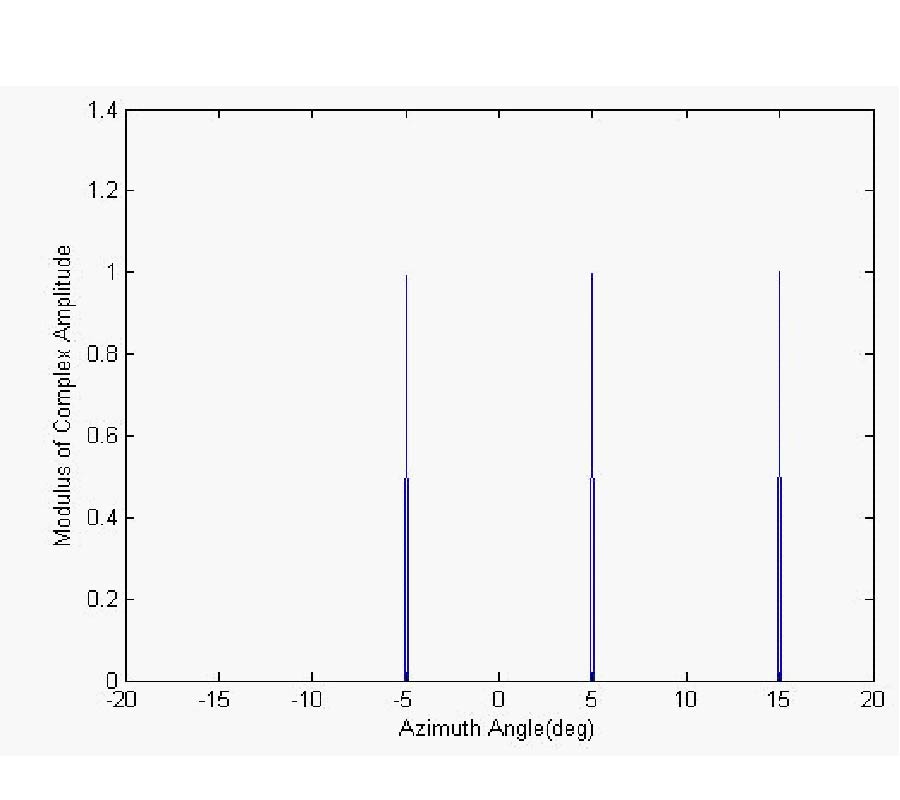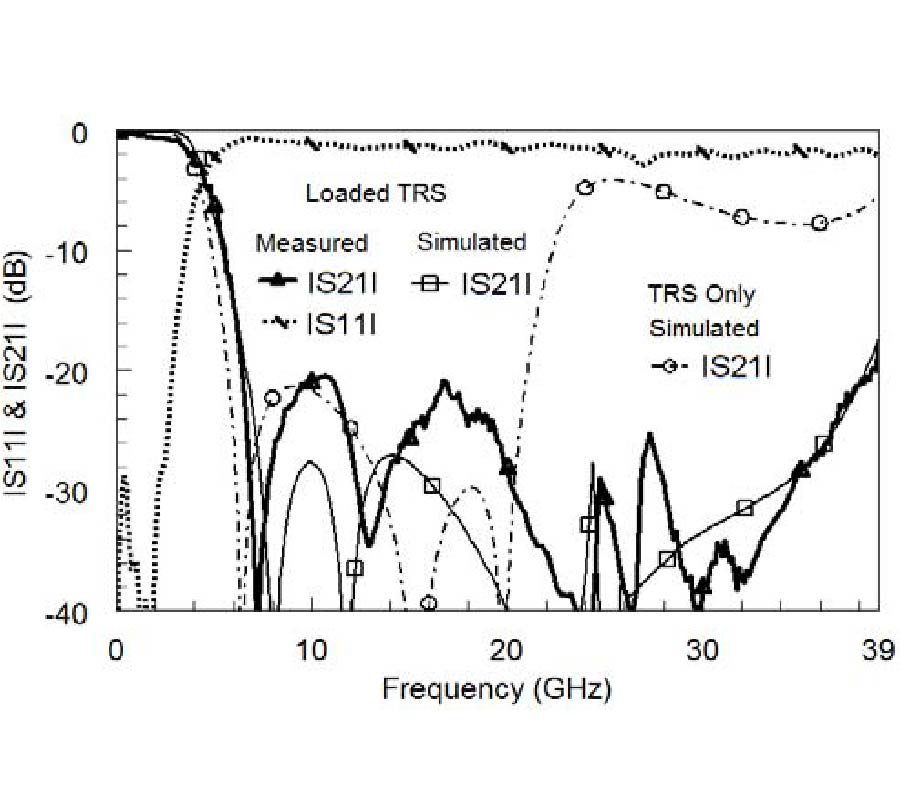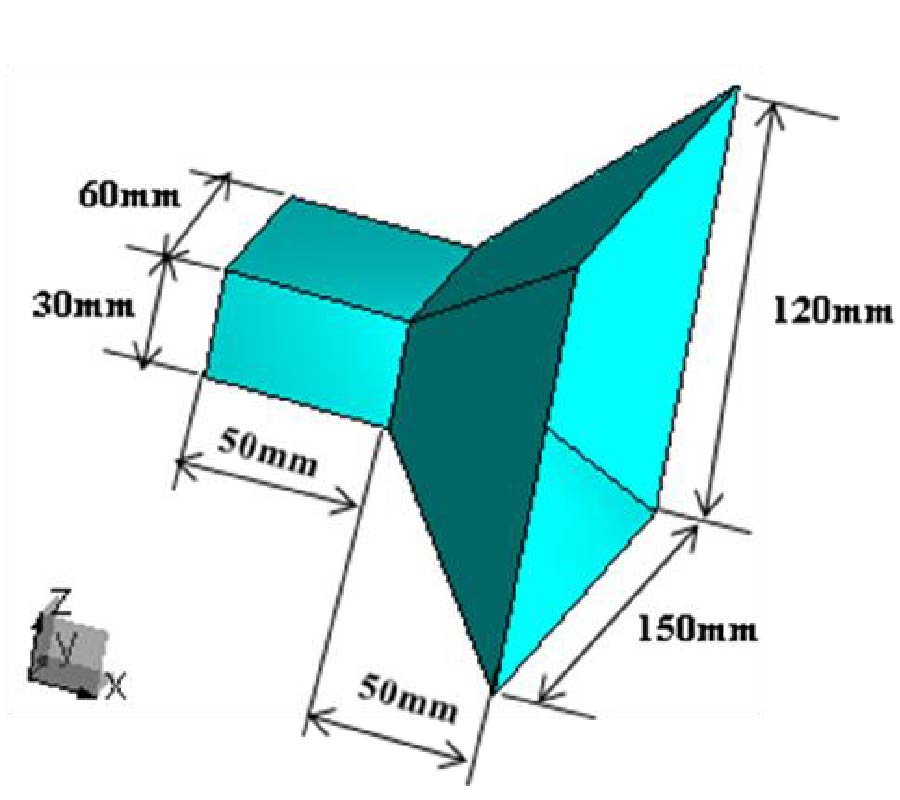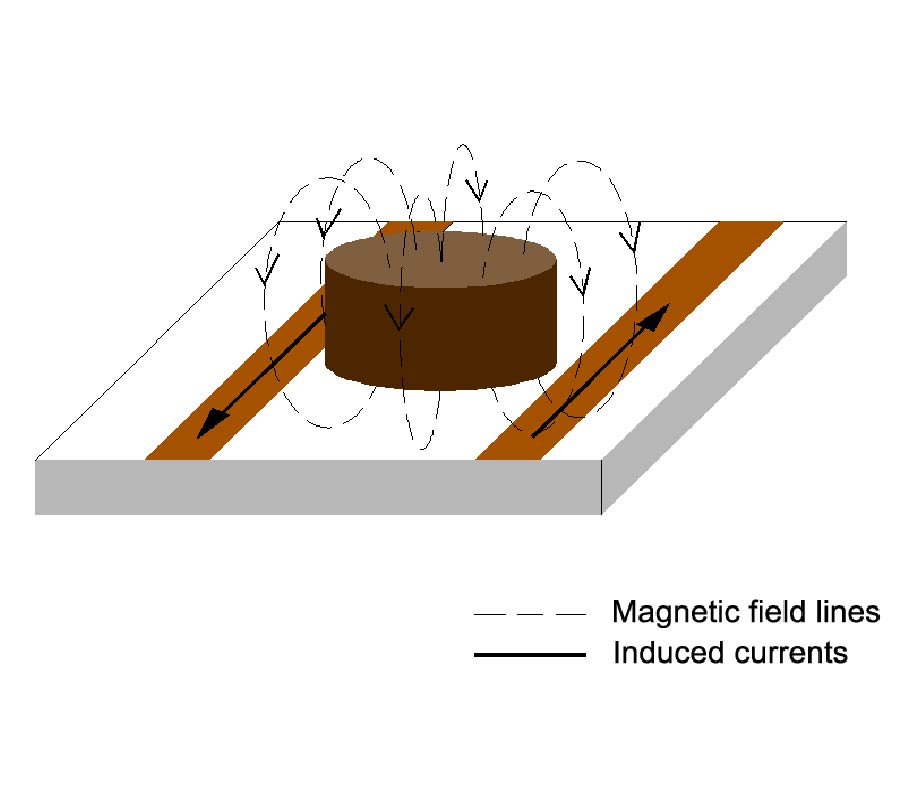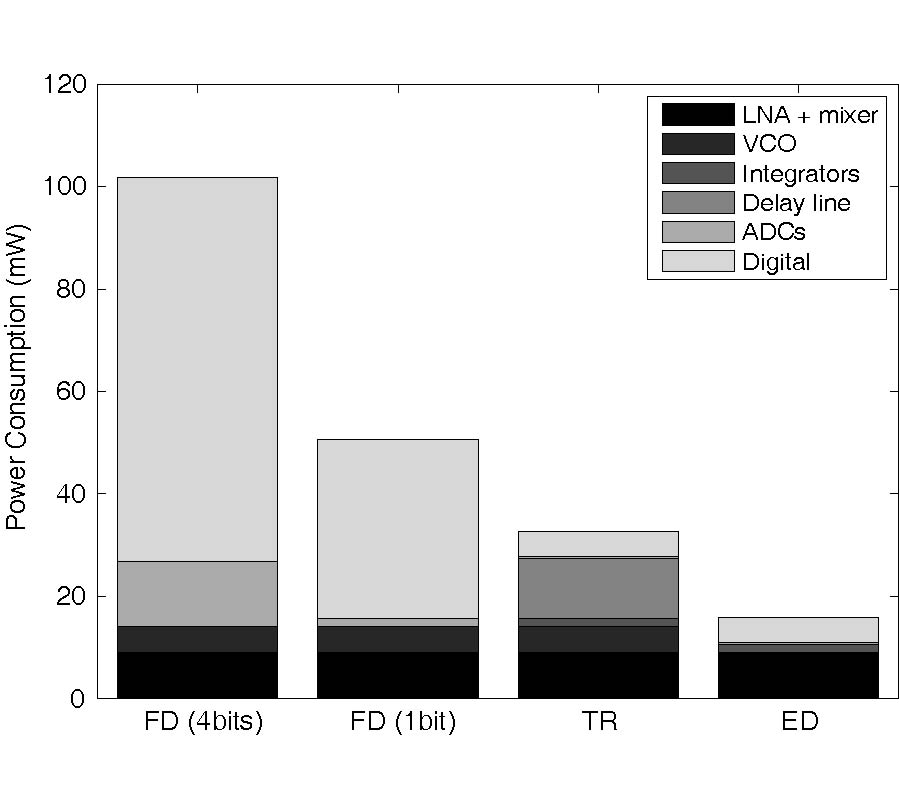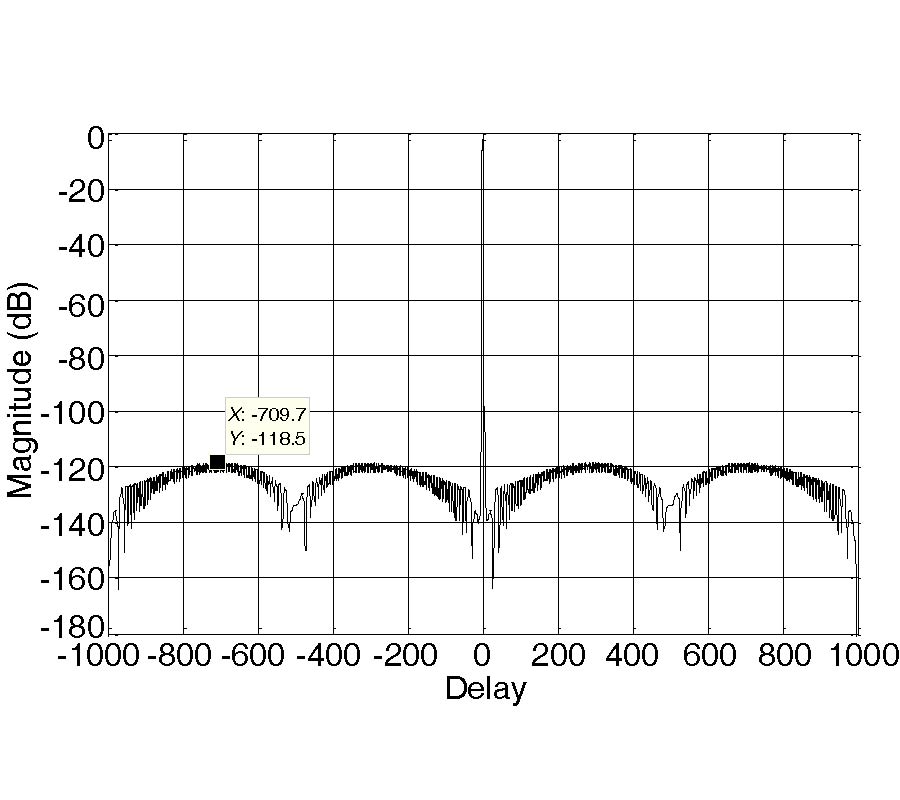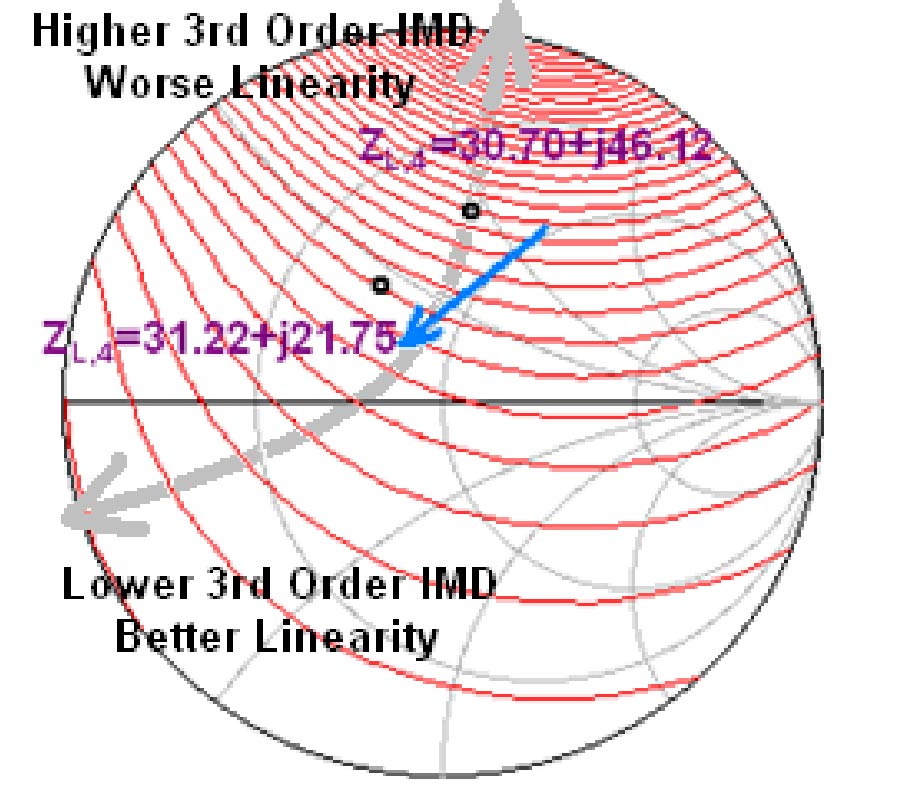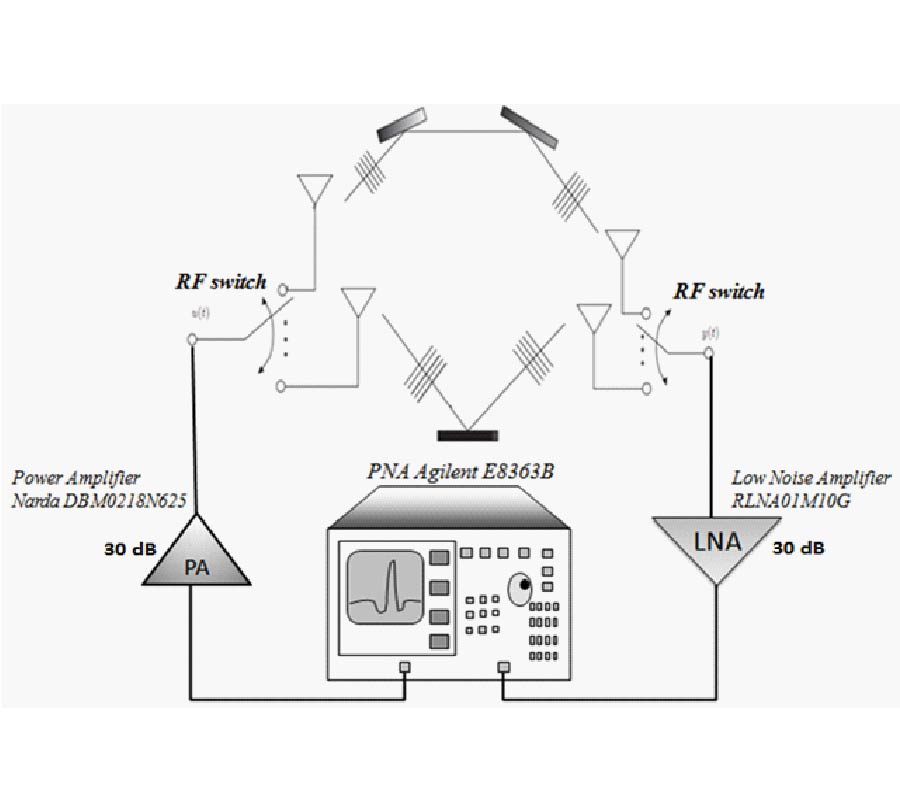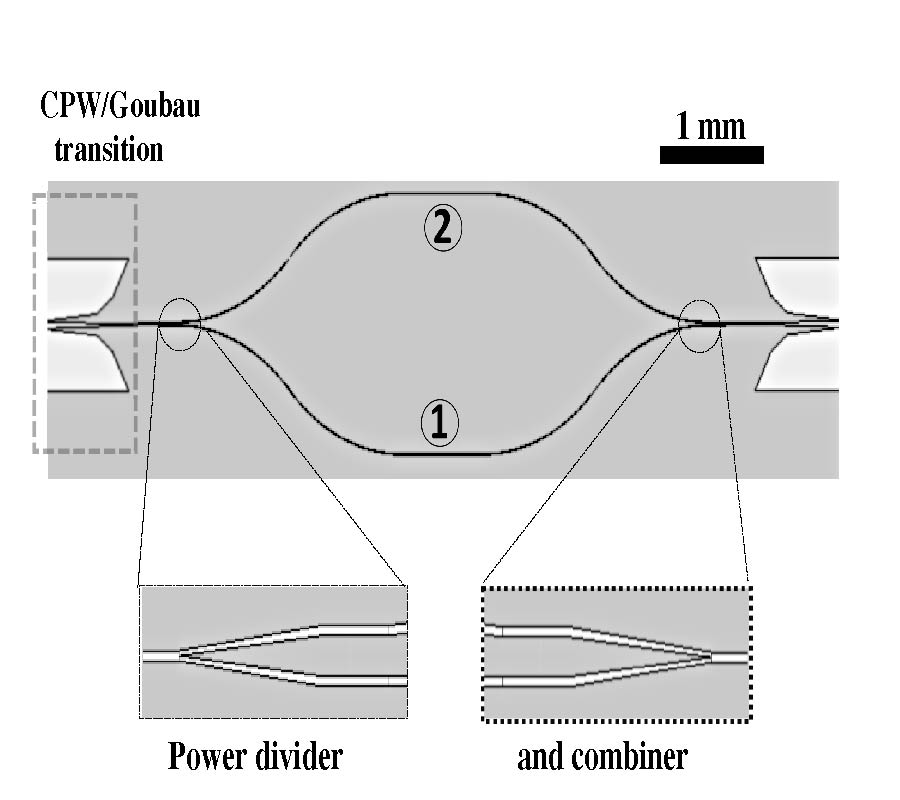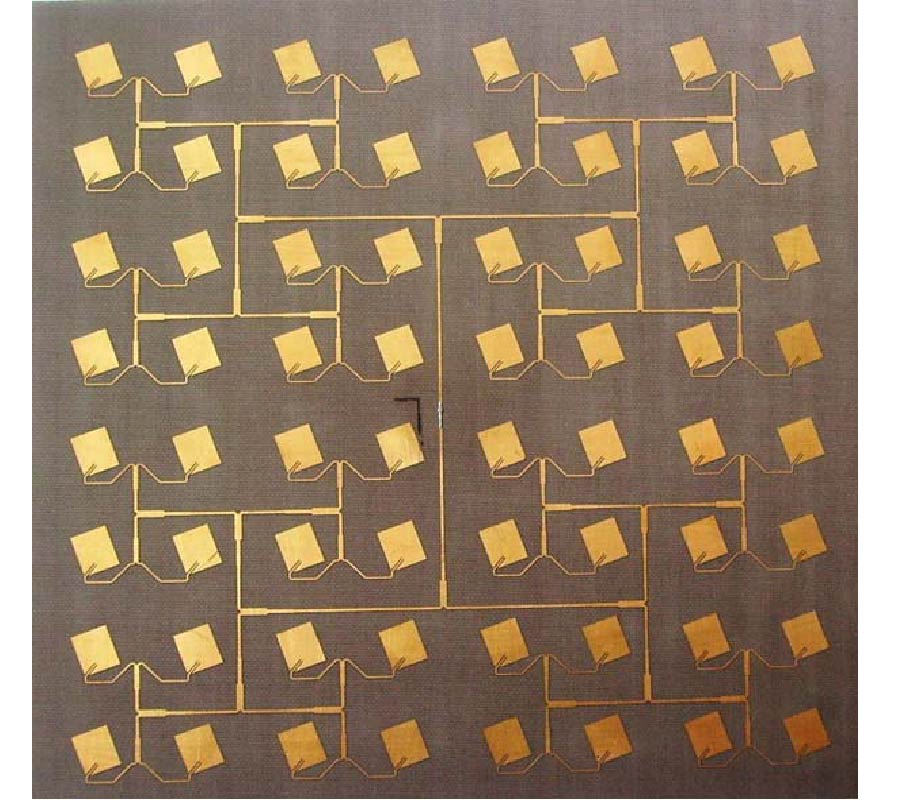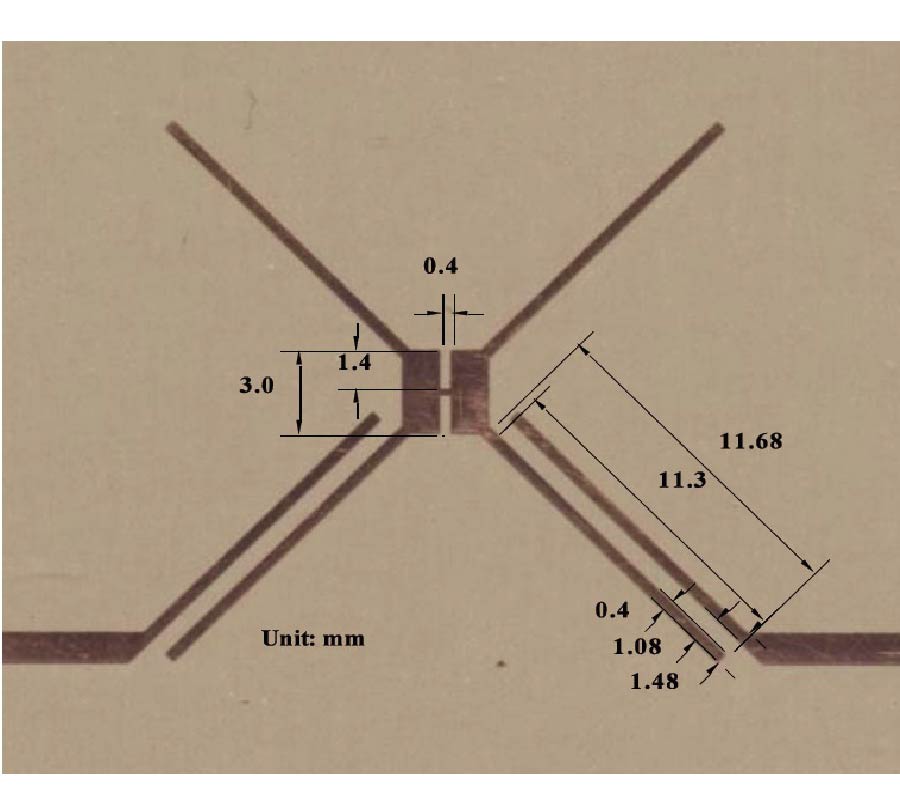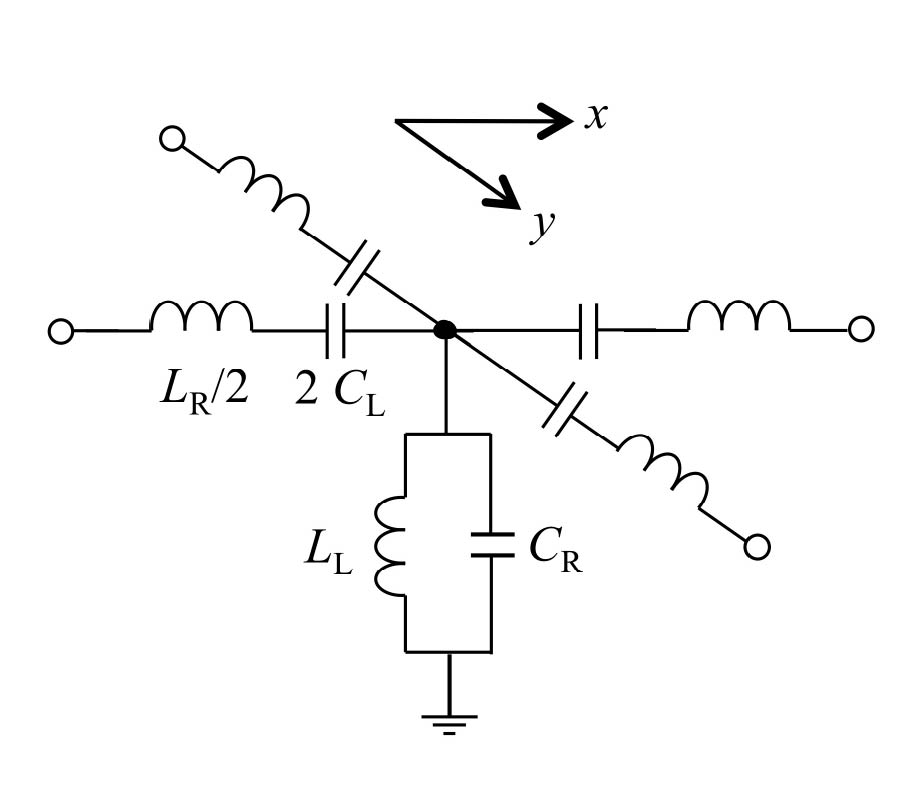Push-Push Dielectric Resonator Oscillator Using Substrate Integrated Waveguide Power Combiner
Ping Su,
Zong-Xi Tang and
Biao Zhang
A novel Ku-band push-push dielectric resonator oscillator (DRO) using substrate integrated waveguide (SIW) power combiner is presented. Compared with the traditional push-push oscillator, the proposed push-push DRO can realize high fundamental harmonic suppression, due to the use of a SIW power combiner, whose cut-off frequency is designed within the range of the fundamental and second harmonic frequency. Moreover, the isolation of two fundamental frequency oscillators can be enhanced, while the power combiner operates at the second harmonic frequency to maximize the output power. As shown in the experimental results, the centre frequency of push-push DRO is 14 GHz, with a frequency tuning range of 30 MHz. The suppression of the fundamental frequency is 28.59 dBc while the third harmonic suppression is 22.54 dBc, respectively. Furthermore, the phase noise can achieve -98.01 dBc/Hz at 100 kHz offset from the centre frequency.
